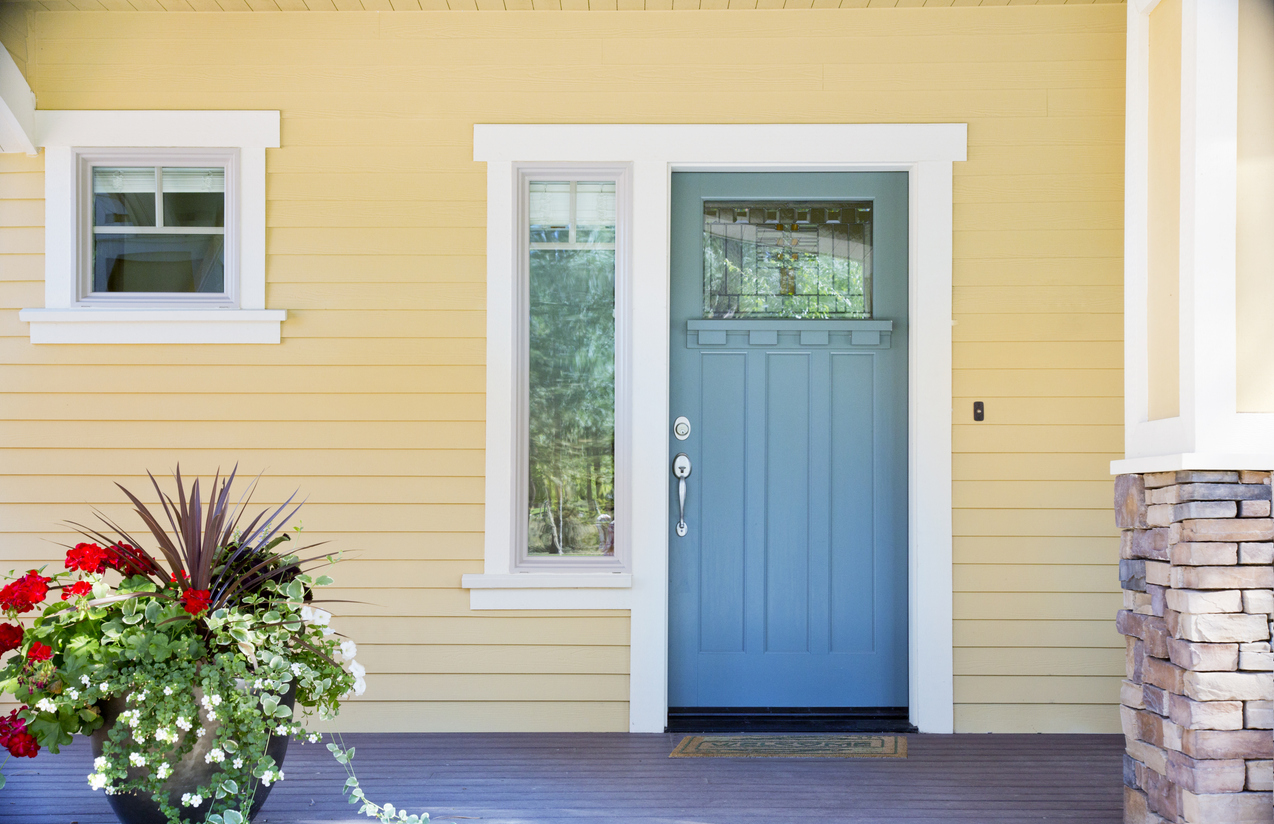5 Key Points About Multi-Point Locks on Timber Doors
What is a multi-point locking system?
A multipoint locking system locks at multiple points after the turn of a key, providing a high level of security. Multi-point locking systems are commonly used on UPVC doors but are also now becoming the standard espagnolette locking system for timber doors.

The system will have a central deadbolt and then between 2-4 extra locking points to secure the door. On a multi-point locking door, all the locks activate by lifting the handle and turning the key and in some cases as soon as you close the door.
What are the components in a multi-point locking system?
We sell our own brand Reliance highly secure multi-point lock kits for timber doors. These contain all the elements required. For example the Reliance D1 4 point bolt lock kit contains the following:
Espagnolette
The metal bar locking system that runs up the door, contains a central deadbolt, a latch bolt and one additional deadbolt at the top and the bottom of the door, an ideal espagnolette locking system for timber doors.
Keeps
Central adjustable keep and two adjustable bolt keeps.
Other options
Hook bolts are also available as an alternative to deadbolts.
Standard keeps vs adjustable keeps
Standard keeps hold the bolt in place and they are set in one position. Some external timber doors joiners use adjustable keeps, these allow the lock position to be adjusted if the door expands temporarily due to moisture in the air, this can happen during months with a lot of rain.

Multi-point standard VS Auto-lock system
Standard multi-point locks for wooden doors, lock with lift of a handle and turn of a key and auto-locking or self-locking doors lock as soon as they are closed. Auto-lock doors do offer a higher level of security, as they are always in a locked state from the outside and can only be opened with a key.
The standard multi-point lock will only be locked once the deadbolts have been manually engaged with the handle and locked with the key.
Standard multi-point lock for wooden doors are most popular as the function is more acceptable for most applications, whereas auto-locking can have the downside of locking people out if they forget their key.
What is the SBD Standard?
SBD (Secure by Design) Look out for the SBD logo on multi-point locks, this is the police approved logo that can be found on a range of security products. Most Quest Hardware multi-point locks carry the SBD logo and meet their stringent guidelines.
Please go to https://www.securedbydesign.com for more information.
Building regulations for new build locks from 2015
For all new build projects, a bespoke door assembly, which has not been supplied as a complete doorset, should have a multi-point locking system that meets the requirements of PAS 3621 (or its variants PAS 8621 or PAS 10621 depending on the method of key operation).
Single-point door locking systems must conform to BS 3621 (or its variants BS 8621 or BS 10621). The presence of a Kitemark on both PAS 3621 and BS 3621 locks is the assurance that the lock meets the standards.
Our multi-point provides euro cylinders that are 3 star British Kite Mark rated, drill proof, pick proof, anti-snap, anti-plug and pull, increasing the security of the lock and deterring tampering. These enhance the overall security of a door set with a multipoint lock.
What timber doors can you use multi-point locks with?
Quest Hardware stocks multi-point locks for these types of doors:
- Standard timber or timber Bi-fold doors.
- Timber French doors.
- Timber composite and timber stable doors.















